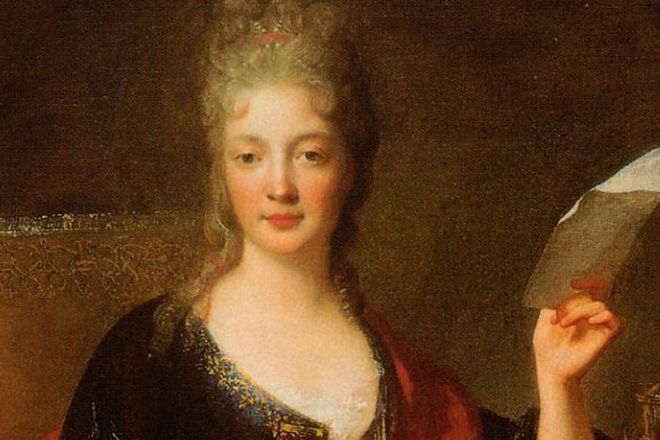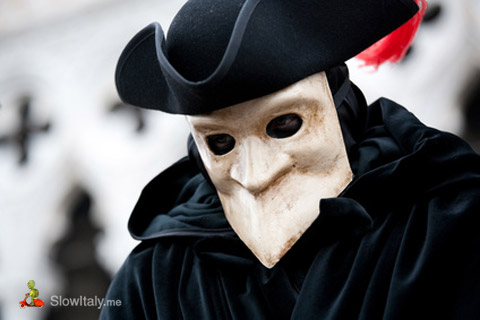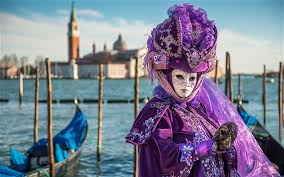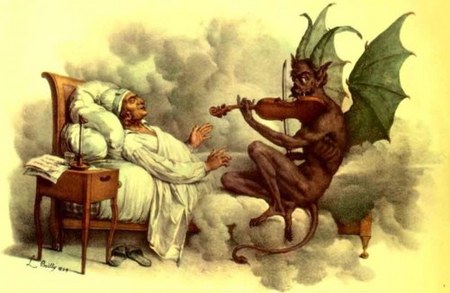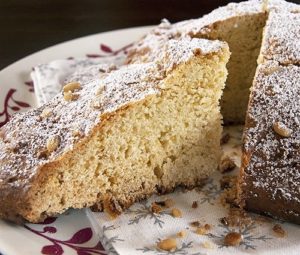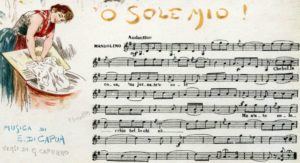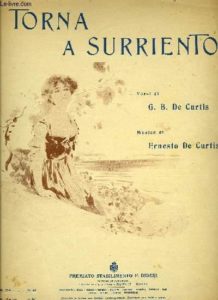Friendly competition, especially amongst siblings, can produce interesting results. Such a pressure can make rubble just as easily as it can produce diamonds. In the case of the Marcello Brothers (Alessandro and Benedetto), such tension produced one of the most captivatingly beautiful oboe concertos ever composed.
Both brothers were born in Venice, Italy, as members of a noble family. Alessandro Marcello was determined to prove himself a composer, and while his father encouraged his younger brother to give up music in order to pursue a career in law the older Marcello busied himself with the composition of a grand oboe concerto in D minor.
Frustrated that his elder brother got to have all the fun of being a full-time composer, Benedetto worked hard at pursuing the path given to him by their father. Upon completion of his oboe concerto in D minor, Alessandro made the mistake of providing a copy to Bendetto. Working tirelessly in every spare moment, Benedetto reworked his brother’s concerto in a lowered key (that of C minor). The oboe of the Baroque period was tuned differently than the oboes of today, and as such it naturally produced a more evocative sound in the lowered key Benedetto had assigned it in the reworked version of his brother’s concerto.
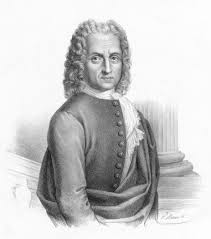
But luck was not on Benedetto’s side, at least not for the moment. The legendary composer Johann Sebastian Bach took an interest in Alessandro’s original version first, and consequently transcribed its 2nd movement for the organ. To this day, many of the embellishments utilized by oboists playing the Marcello Concerto are inspired by Bach’s transcription for the organ. Professional editions include such transcriptions because they offer a strong basis upon which to further improvise musically.
Long after the passing of the Marcello Brothers, music historians put both versions of the concerto to the tes. What they found intrigued them: most professional oboists preferred playing Benedetto’s rendition of his brother’s concerto. The reason for this lay in the fact that the key of C minor was simply easier to finger for the players than the D minor original!
As many budding oboists of professional calibre look forward to performing this piece as a staple of their repertoire, there are few who wish to go through the frustrations of learning the concerto in a key that presents more difficult fingerings to achieve nearly the same result. And so it was that Benedetto got the last laugh, his version of Alessandro’s concerto rising in popularity into more modern times as his brother’s music (referenced as the “last outpost of the classic Venetian Baroque concerto”) faded into obscurity.
The first movement of the concerto is regal, but without the gravity required to firmly establish it as majestic. It is a stately neutral, consisting of a series of calls and responses between strings and the oboe soloist. Movement two provides a treasure trove of potential for embellishments, and this can be owed to Bach’s organ transcriptions just as much as it can be attributed to Benedetto’s re-orchestration. This is the movement which really characterizes and colors the concerto as a whole. Revered by oboists the world over, this movement provides countless opportunities to showcase improvised virtuosity. The strings and continuo pulsate throughout, providing a stable framework of support for this improvisation. Overall, this movement highlights the oboe at its most yearning and introspective, accentuating its brilliant qualities in a wide array of deep musical colors. Entirely in contrast to the 2nd movement, the final movement is all about speed and dexterity: a true test of the raw technical abilities possessed by its soloist. Comprising almost entirely of sixteenth notes, difficult running passages are peppered throughout this movement, leaving no room for even a single musical stumble. With a bright and dance-like impulsivity, this final movement shines with musical laughter even to the last note.
Overall, the Marcello Concerto is one which does a tremendous job of showcasing the versatility of its oboe soloist, offering moments of musical anticipation and emotional payoff which clearly illustrate the oboe’s gift for moving us to our core. Resplendent with dynamic contrasts between its three movements, there are so many reasons to love the oboe when one listens to this piece.
